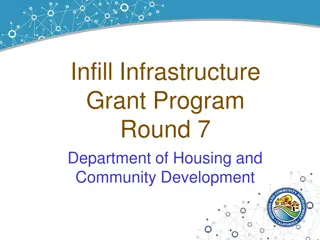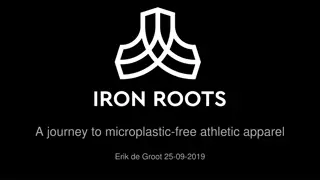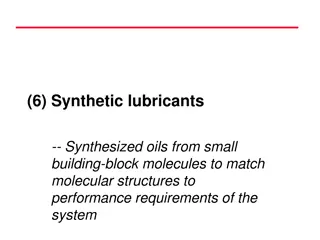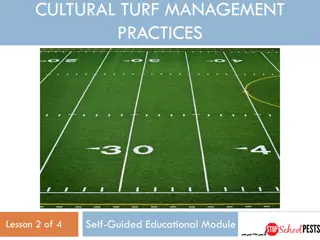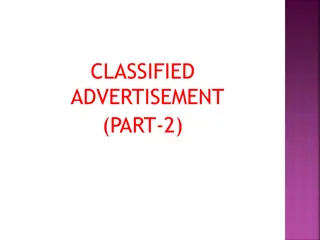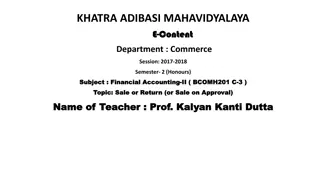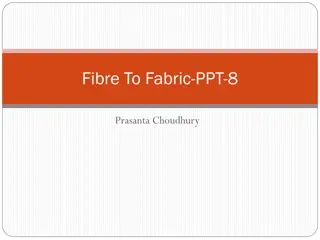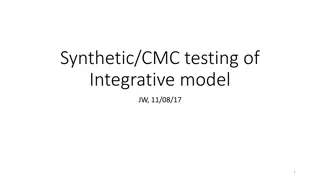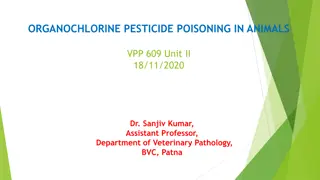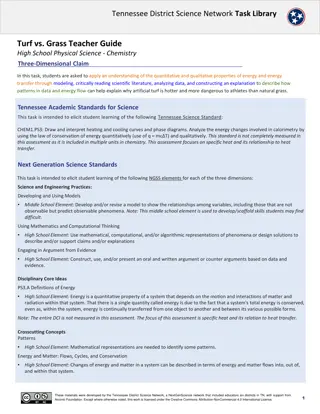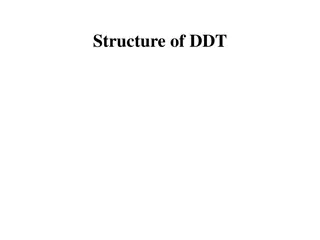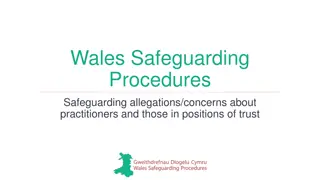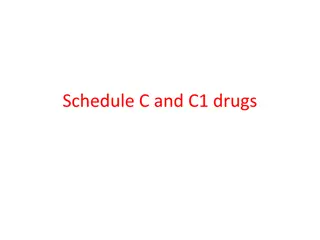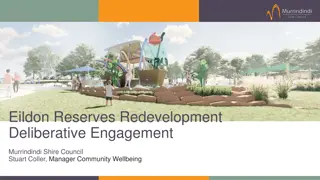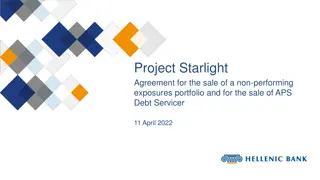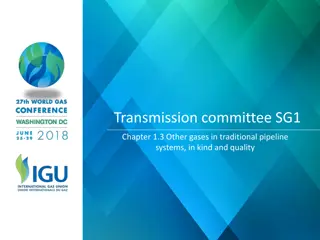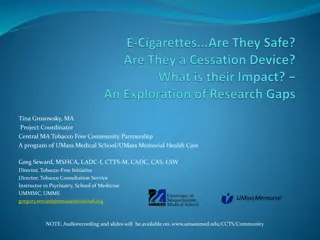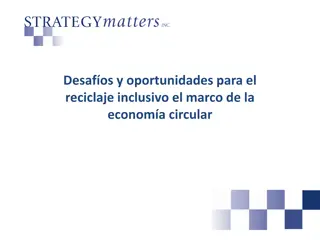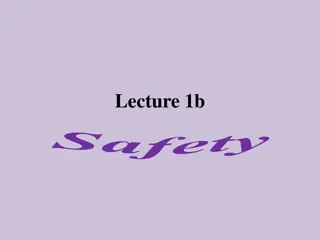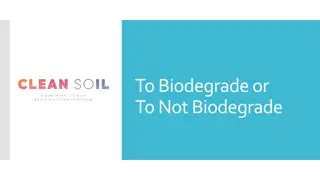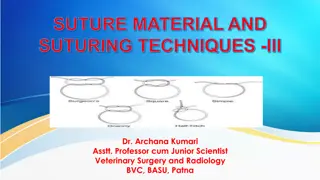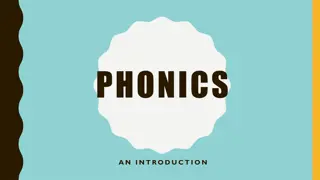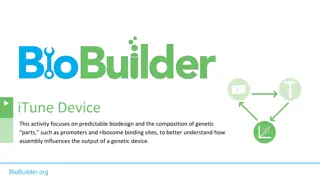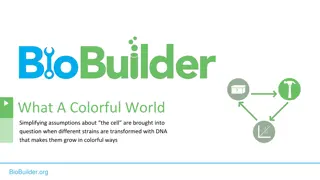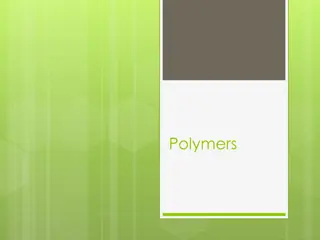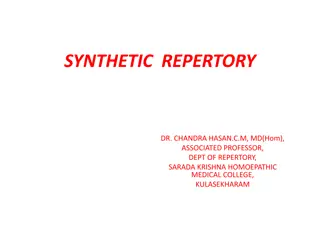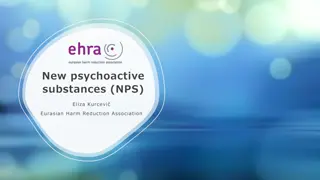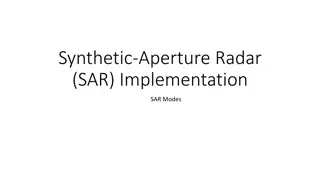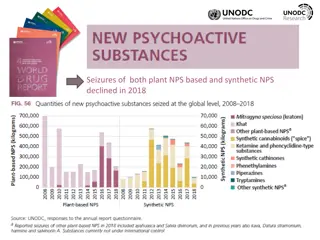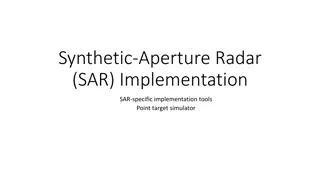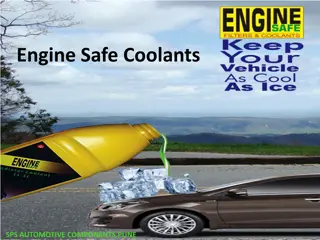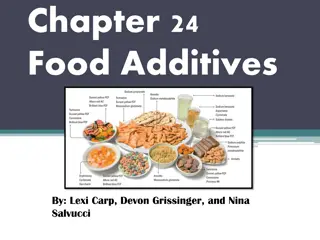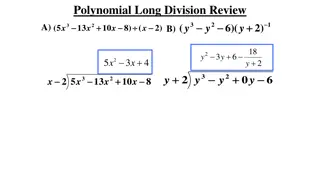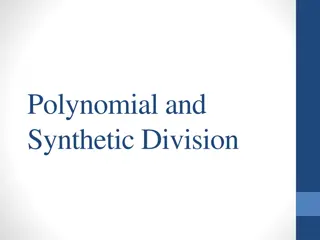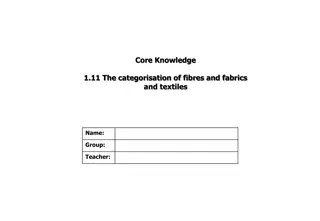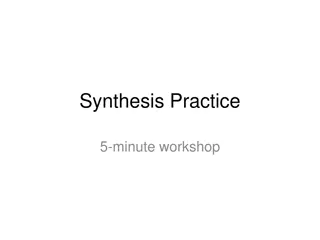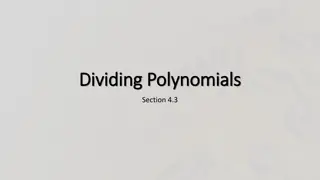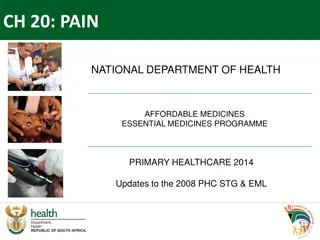EU Bans Sale of Synthetic Turf Infill Materials by 2031 due to Microplastic Concerns
The European Commission has adopted a REACH restriction to ban the sale of rubber and plastic infill materials used in synthetic turf surfaces, aiming to reduce the release of microplastics into the environment. This ban is set to take effect in September 2031, granting a transition period of 8 years for synthetic turf infill materials. Concerns about microplastics, especially those intentionally added to products like 3G turf infill, have prompted the EU to take action to address the environmental impact. Surveys indicate that synthetic turf pitches release a significant amount of infill annually. Despite consultations, the EU decided to implement a ban on polymeric infill materials by Autumn 2031 due to doubts about the effectiveness of containment measures and the need for more stringent regulations.
Download Presentation

Please find below an Image/Link to download the presentation.
The content on the website is provided AS IS for your information and personal use only. It may not be sold, licensed, or shared on other websites without obtaining consent from the author. Download presentation by click this link. If you encounter any issues during the download, it is possible that the publisher has removed the file from their server.
E N D
Presentation Transcript
3G/4G surfaces Information by Leinster GAA safety and facilities regarding new criteria for synthetic pitches. Chairperson: Jason Plunkett
The EU microplastics Ban The European Commission has confirmed (25th Sept 2023) that they have now completed the adoption of the REACH restriction on the sale of intentionally added microplastic. The new restriction is intended to dramatically reduce the release of these materials into the environment. The restriction uses a broad definition of microplastics and covers all synthetic polymer particles that are below 5mm in size, non-organic, insoluble or resist degradation. Falling within this definition are the rubber and plastic infill materials used in synthetic turf surfaces. The new restriction has granted synthetic turf infill materials a transition period of 8 years. The ban on the sale rubber and plastic infill materials will come into effect in September 2031.
Concerns from EU Concerns about microplastics Microplastics - a material containing synthetic polymeric particles or fibres which: For particles are = 5 mm For fibres are a length of 15 mm Intentionally added microplastics: deliberately manufactured and added to products for specific purposes, such as exfoliating beads in facial scrubs, 3G turf infill, etc Secondary microplastics: microplastics that occur when larger pieces of plastic br rubber, like car tyres or synthetic textiles, wear and tear The EU estimate that each year around 218 000 tonnes of microplastics end up in the European environment
Use of rubber crumb infillin 3G pitches Surveys show there are over 40,000 full size sports fields in Europe + many thousands of mini-fields Over 85% currently use polymeric infill Polymeric infill meets the definition of an intentionally added microplastic Fields typically contain 80 - 120 tonnes of infill 1 kg of ELT infill contains circa 500,000 granules The EU estimate that synthetic turf pitches release in total, up to 16,000 tonnes of infill per year
After an extensive period of consultation, the EU has decided to ban the sale of polymeric infill materials The ban to become effective Autumn 2031 Why a ban? The regulators were not convinced infill containment measures would be used effectively across the whole of Europe They also concluded restricting losses to no more 50 kg per year per field was not good enough.
The current situation The ban does not: stop the use of current fields containing rubber infill prevent the building of new fields having rubber infill until 2031 But as demand reduces will you still be able to obtain the necessary materials to maintain these fields correctly? Some member states may also introduce national bans before 2031, and some local authorities are already introducing local bans preventing new fields from using rubber infill
Alternative to crumb rubber Industry is now innovating to develop a range of alternative turf and infill solutions Vegetal infills Granulated cork: Cooodutfibres Corn husks Sand Olive pits
Where to next ? Everyone is on a new learning curve - do your homework Does the turf system comply with the relevant sporting standards? FIFA, GAA, World Rugby Is the infill suitable for your local climate? Will it float in heavy rain? Do you get heavy frosts, will it freeze or breakdown? Does the infill need to be kept moist? How durable is the turf carpet and /or infill? Will it be able to sustain the required sporting properties for the expected levels of use for the anticipated life of the turf carpet? Will you need to replace the infill after a few years use, what guarantee is being offered? What are maintenance requirements? Will you need diferent maleranceipmentenance than on a rubber inil turi? What are the costs of new systems? Where is the infill produced ? What are the transportation implications? Is the adequate long-term supply?
New standard New European Standard for infill materials, currently under development Quality Durability Climatic resistance Toxicology Hopefully approved for publication Q2/ Q3 2024(MEA
Shockpads Turf systems not using polymeric infills will need a shockpad or elastic layer A shockpad is an essential part of a turf system. It ensures player welfare: Minimises the severity of head impacts with the turf Provides comfort to players running and falling Aids the retention of acceptable sports performance
Quality of shockpads Shockpad quality is important EUROPEAN STANDARD EN 15330-4 Not all shockpads are the same - ensure the shockpad being supplied to your field is the one named in the test report
Wear of yarn on pitch (carpet) A football turf field will typically contain approx. 10 tonnes yarn. Yarns are lost in two ways 1. Tuft loss : occurs melatester intaltained 2. Fibre wear predominately starts between years 6 & 8 becomes more intensive after 10 year as fibres weaken Not all areas of the field suffer fibre wear at the same rate. Usage on every field is different: High use areas (= 10% total area may lose up to 12% of fibre after 10 years ( goal areas and scoring areas. Moderate use areas (= 50% total area may lose up to 2% of fibre after 10 years ( centre and down middle area) Low use areas (= 40% total area may suffer s lose 0.5% fibre after 10 years ( near sideline )
New system alternative for GAA SYSTEMS WITH ORGANIC INFILL Stabilizing infill & organic performance infill Replacement of microplastics by organic infills Mostly dual fiber systems Monofilament + slitfilm Monofilament + Texturized Systems meet FIFA/WR requirements
Type of infills ORGANIC INFILLS - OVERVIEW PUREFILL CORK FIRST FIFA CERTIFIED SYSTEM IN 2012 PURESELECT - OLIVES FIRST FIFA CERTIFIED SYSTEM IN 2018 PUREGRAIN - CORN FIRST FIFA CERTIFIED SYSTEM IN 2022 MORE THAN 600 FIELDS ACROSS EUROPE
Grain infill PUREGRAIN - ORIGIN Agricultural by-product for seed manufacturing by removing the cobs Produced in Europe from 100% seed corn Usage of corn cobs: Animal health and nutrition Pharmaceutical industry Cosmetics industry CORN KERNELS CORN COB
Pros and Cons of Puregrain 100% vegetal & biosourced 100% European origin Fully biodegradable Proven heat reduction (Class 1 < 50 C EN 15330-5) Natural soil aesthetic Dust Free Does not float Requires experienced installation crew and decompaction/brushing post installation Requires one off watering when first installed (approximately 3 1 per m3) Colour change to dark brown/black due to outside exposure
Organic infill summary The shockpad is very important to all the organic systems and the performance depends on the quality and durability of the shockpads. Existing shockpads need to be checked especially the performance and the permeability Puregrain passes the WR requirements however the first fields have just been installed in 2023 The systems with organic infills will not be as durable as systems with
Reasons to adapt Reduced Microplastic Pollution: Eco-friendly infills help reduce the release of microplastics into the environment, contributing to cleaner ecosystems and water sources. Enhanced Sustainabllity: The adoption of sustainable infills aligns Irish football with global efforts to reduce its carbon footprint and environmental impact. Improved Community Relations: Embracing eco-friendly solutions demonstrates the sport's commitment to environmental stewardship, which can strengthen community support and partnerships. Supporting Environmental Goals: The GAA transition to eco-friendly infills contributes to the achievement of EU and national environmental objectives, fostering a greener future. Responsible Environmental Practices: By using eco-friendly infills, The GAA demonstrates its commitment to responsible and environmentally conscious practices.
Conclusion Turf fields provide many benefits to society. The EU and national governments want to protect the environment, using robust and simple to enforce methods. Everyone involved with a turf field has a responsibility to ensure their impact on the environment is minimised. Collectively, we need to demonstrate we have solutions that work. Cost of maintaining and installing new systems about 15% higher than rubber infill. Government under SCG not funding new rubber infill pitches


